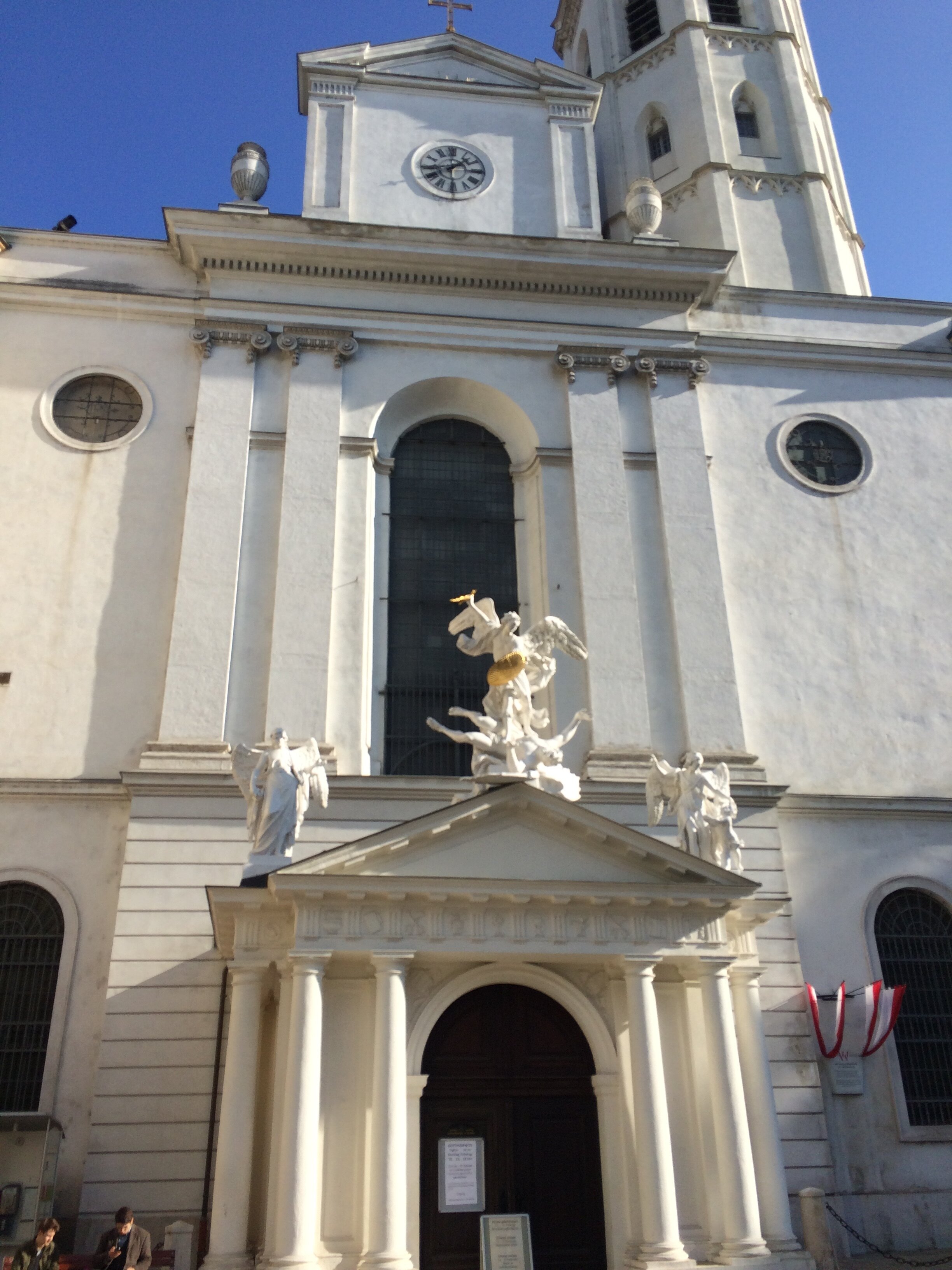Making hay at the MAK
It was Valentine’s day 2017, I was in Vienna and I'm sorry to say that my heart was caught by another. I will always love you Isabella Gardner Museum, but the Museum für Angewandte Kunst (MAK) is just so stylish and intelligent, and a little bit playful, firing both my eye and my mind. The perfect (free!) late evening opening for a Valentine's away from home.
The MAK really is an impressive museum, the kind that inspired me to get back to work and do interesting things. Housed in a beautiful 19th-century building by Heinrich von Ferstel on the Ringstrasse, a sleek modern extension designed by Sepp Müller in 1991 connects the permanent galleries to the exhibition halls behind. The facing windows pulse with coloured light created by James Turrell’s light sculpture MAKlite. While the permanent galleries and impressive entrance hall speak of 19th-century neo-Renaissance charm, already a contemporary twist is added with sofas covered in Dutch batik wax fabrics.
The permanent galleries radiate off this hall showcasing collections of baroque, rococo, empire, Biedermeier, historicist, art nouveau and Secessionist design. There are galleries devoted to Asian art, lace and glass, furniture and carpets. Each is given a twist, and its own identity, curated jointly by a curator and a contemporary artist. Each has a voice on the text panel interpreting the room, and the artists, in particular, write interestingly about their thoughts on museums and collections. I was a little sad that the artists have such an individual personal voice, while the curatorial texts are the usual dispassionate relaying of information. Each room then has no interpretation on the walls, but numbers relate to comprehensive booklets of labels in both German and English. I really liked how this encouraged you to look first and read second.
Donald Judd, especially, expresses deep unease in the process of working on his display of baroque, rococo and classicist furniture 'Witt-Dörring and I did our best, uneasily'. The gallery includes a whole porcelain room taken from the Palais Dubsky in Brno. It sits in a white shell, dwarfed by the lofty gallery, with other individual pieces placed like lost souls around it. Despite Judd's misgivings this is an impressive room.
Particularly striking are the galleries dedicated to art nouveau and historicist furniture, and carpets. It might not surprise my readers that I loved the furniture display as the chairs were presented backlit behind white screens, creating striking silhouetted shadows. It made me see the chair designs very differently in stark black and white. Artist Barbara Bloom and curator Christian Witt-Dörring add a nice touch by linking this to contemporary black and white catalogue illustrations. The carpet gallery is simply magical with pieces suspended at a range of angles as if flying around the edge of the room. The display aims to open up the links between east and west.
A more obvious intervention is the display of the Asian collections by artist Tadashi Kawamata, this time without a paired curator. He has installed a wood and perspex structure in the gallery which acts as a sort of inverted casing for the objects, with visitors weaving through a path in the centre. Interpretation is handwritten on the perspex in what looks like whiteboard marker. Surprise windows as you move around the museum give views into other parts. Ones from the Baroque/Rococo/Classicism gallery allow a glimpse into Kawamata's display including a wall enclosure of ceramics with his enticing handwritten labels. Another tempts you into the restaurant.
Exhibitions during my visit continued these playful, thoughtful display patterns. A pair of displays on the ground floor looked at 'The Glass of the Architects' and 'Glasses from the Empire and Biedermeier Period' showed stunning glass collections in black cases subtly suited to their respective periods. The architect glass in particular was beautifully lit and all displayed above mirrored bases to dazzling effect. On the upper floor 'handiCRAFT: Traditional skills in the Digital Age' encouraged visitors to think about the changing nature and value of craft skill and what it means to be handmade. It was a treat to which a glassmaker at work in the gallery.
On a freezing cold Valentine's evening the MAK was buzzing with visitors. We were unable to get a table in the trendy and delicious looking restaurant Salonplofond (which is clearly a venue in its own right) and I had to be dragged away from the fabulously stocked shop (an aspect of museums on which I've blogged before). It also has an impressively comprehensive and easy-to-use website, all available in English, which I've linked to throughout this post. The MAK seems to have cracked the balance between collection and audience, intellectual and commercial, defining itself as 'a laboratory of societal knowledge'. In uncertain times it is a treat to visit from every angle.





































































































































































































